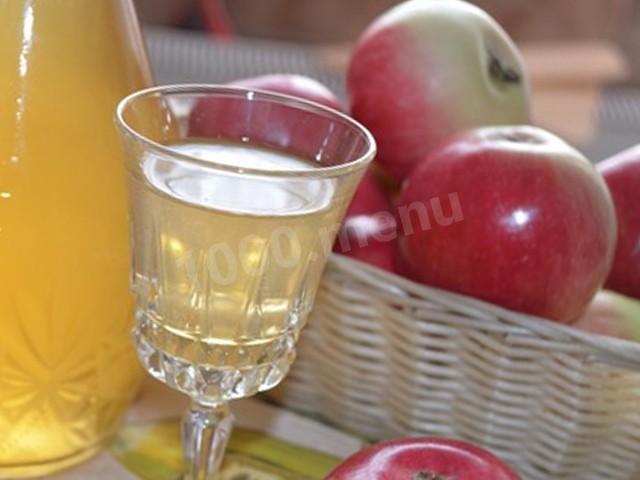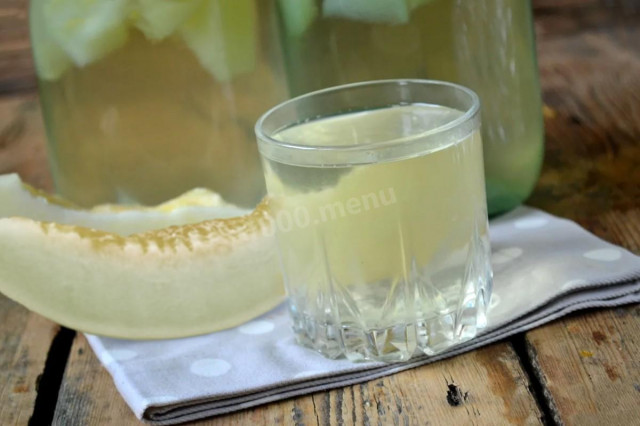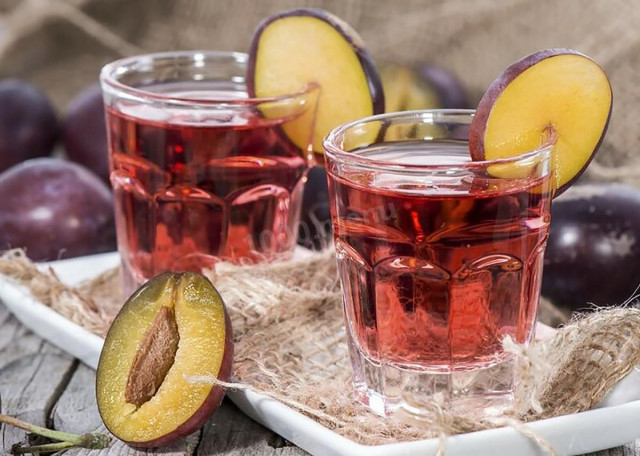Composition / ingredients
Cooking method
1. Grits and 0.5 kg of malt are poured into a saucepan
2. Pour 5 liters of water heated to 41C
3. Stirred and kept at 40C for 30 min
4. Heat up to 55C and stand for 15min
5. Heat to a boil and boil for 15 minutes.
6. Pour 9 liters of cold water bringing the temperature to 52C
7. The rest of the malt is filled in and kept for 15 minutes
8. Heated to 63C and kept for 20min
9. The liquid part of the mash is decanted into another pan
10. The thick part is heated to a boil and boiled for 20 minutes
11. Pour the previously decanted liquid into the boiler with the boiled mixture, the temperature is set to 72C. Stand for 30 minutes, stirring occasionally. An iodine sample is made: a teaspoon of the liquid part is taken without suspension, poured into the bottom of a cup or saucer and a drop of iodine is dropped there. If there is a staining in blue or purple, continue the exposure.
12. If the color does not change, heat up to 78C for 10 minutes.
13. Start filtering. It is best to filter using a filter system from a tube, bazooka or false bottom. The purpose of filtration is to separate the wort from the grain particles, pour the purified wort into the fermentation tank. The first stage of filtration is the recirculation of wort. A grain cushion is formed on the false bottom - a layer of pellets through which the wort is filtered, so the drain is placed as close to the bottom as possible. From improvised means, plastic containers with a tap at the bottom are often used for these purposes. When the liquid layer drops to the malt sediment, they begin to pour washing water (18.5 liters), (so that the sediment is not exposed) heated to 80C
14. Filtered wort is heated to a boil and the first portion of hops (30g) is added and boiled for 60min
15. Add a second portion of hops (25g), boil for 30 minutes
16. Yeast is diluted in a separate bowl in boiled chilled water, left for dilution.
17. Add a third portion of hops and boil for 20 minutes .
18. Filter out the hops using the same filter system.
19. Quickly cool the wort. Cool the wort as quickly as possible. Next, be sure to observe sterility. Everything that will come into contact with the cooled wort should be disinfected with a solution of 6% hydrogen peroxide.
20. Pour into a fermenter (plastic container) for 32l.
21. The fermented yeast is poured into the fermenter.
22. The fermenter is closed with a lid, but loosely. Then wrap the joint with the lid with several layers of stretch film. You can use a water seal.
23. The fermenter is placed in a darkened place with a temperature of 8C After 10 days, the temperature is lowered to 2-4C, maintained for a day and drained from the yeast sediment into a sterile container. A boiled glucose (dextrose) solution is added there and poured into sterile bottles. Leaving some free space. The cork is twisted by squeezing the bottle and removing the air.
24. The bottles are kept at a temperature of 10C until they become solid.
25. The temperature is lowered to 2-4C and kept for 2-4 weeks.
26. The beer is ready. The finished beer should be stored at a temperature of 0-4C
Caloric content of the products possible in the composition of the dish
- Pressed yeast - 109 kcal/100g
- Granulated sugar - 398 kcal/100g
- Sugar - 398 kcal/100g
- Water - 0 kcal/100g
- Malt - 361 kcal/100g
- Hops - 0 kcal/100g
- Barley - 288 kcal/100g







